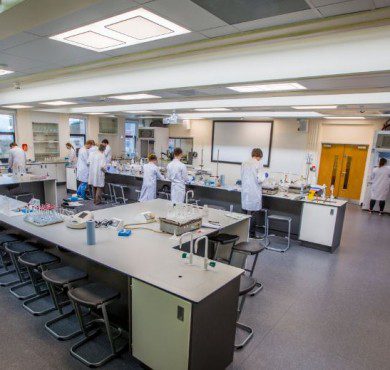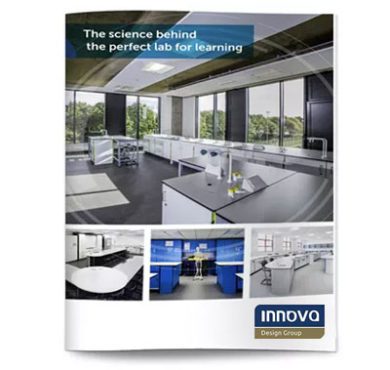Top Challenges and Complexities of Learning Spaces
Re-imagining the workspace
A total of 532,300 people entered UK higher education in 2015, an increase of 3.1% (16,000) from the year before – UCAS’ End of Cycle Report. It was also reported by ‘The Association of University Directors of Estates’ (AUDE), that nearly two thirds of UK students say libraries, accommodation and IT facilities are a key deciding factor when choosing their university. Out of 2,000 students surveyed, the report showed that for the third year in a row, study facilities such as IT and libraries were more important to them than a university that offered high end entertainment and social spaces.
Despite universities facing funding cuts, its reassuring to see that the AUDE reports a continuous improvement to facilities. 83% of students believe their university study facility to be excellent or good, an increase of 5% 2015’s statistics. But what can you do if you are the other minority?
The challenges and complexities of learning spaces
Learning spaces need to be dynamic and flexible. One size does not fit all. When considering the design aspect of these environments the potential long-term issues should be addressed, such as relationships, pedagogy and communication.
With learning spaces being socially constructed it should be expected that they will also be continuously changing according to Radcliffe et al (2009) study. They offer an innovative model for the creation of future learning spaces, based around the interplay between pedagogy, space and technology.
The 4 elements of the DEEP learning spaces model:
The diagram above captures the key characteristics of the DEEP (Dynamic, Engaging, Ecological, and Participatory) model, which focuses on the main elements of a 21st century learning environment summarised below:
- Dynamic – Learning spaces that have the flexibility to change in both space and time, allowing the layout to be reconfigured to suit individual or group learning now and well into the future.
- Engaging – Creating a learning space that can be diverse and inclusive of all pedagogical approaches that adapt to all types of learning styles such as; practical experiments, informal and independent group activities, virtual learning, podcasting and more….This design approach should also take into consideration environmental factors such as light, temperature, sound, air quality, circulation and technology-Dependent on ability of the teaching staff, opens the way to deeper student learning.
- Ecological – A learning space that focuses on environmental aspects such as sustainable procurement and ecological architectural design which meet the high standards of material sustainability, ecological sensitivity, and energy efficiency.
Ecological design strives to achieve an increasing reliance on renewable sources of energy and materials, whilst maintaining standards of quality of goods and services. This is usually achieved by reducing overall resource consumption, waste generation and ecological damage through efficiencies of use, re-use, and recycling. Design can have a crucial impact upon the environment in many different ways.
- Participatory – A learning space that can allow for ‘flipped learning’ which accommodates both student and tutor needs. The idea behind flipped learning is that the teacher is on hand to coach, advise and encourage students in a consultative manner. Rather than lecturing them this style of learning empowers students to take control of their lesson.
It is only when these variables have been considered that a nurturing learning environment can thrive. Of course many controversies remain over which factors are more important than others but it is these debates and continued discussions that will help shape and evolve educational learning spaces.
At Innova we understand the importance of 21st Century flexible learning environments, because we spend valuable time consulting with our clients and listening to their requirements: Armed with this knowledge we transform learning spaces into flexible, engaging interiors that captivate their audiences and we further ensure that everything is covered from technology to bespoke library furniture.
Contact
Innova’s passion for interiors is reflected in every project we complete. If you’re looking for cutting edge and future proof learning spaces, contact a member of the team on; 0161 477 5300 or email us hello@innovadesigngroup.co.uk










